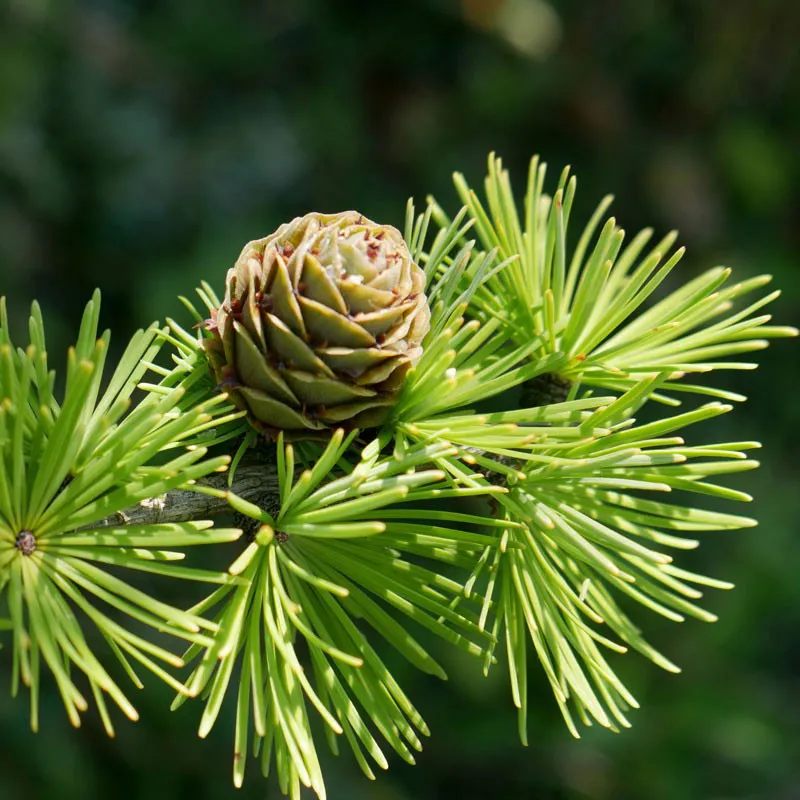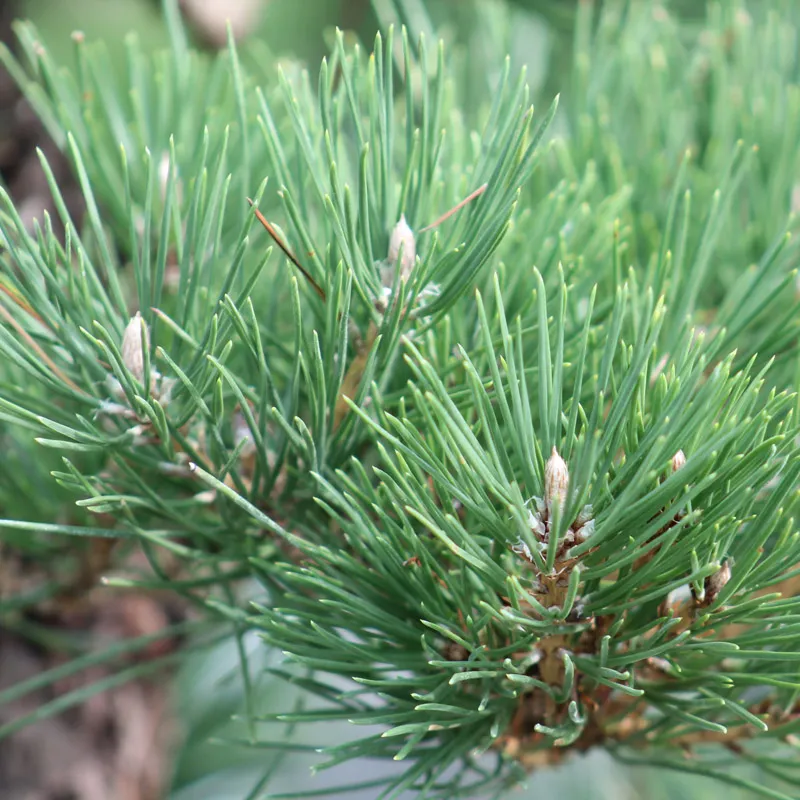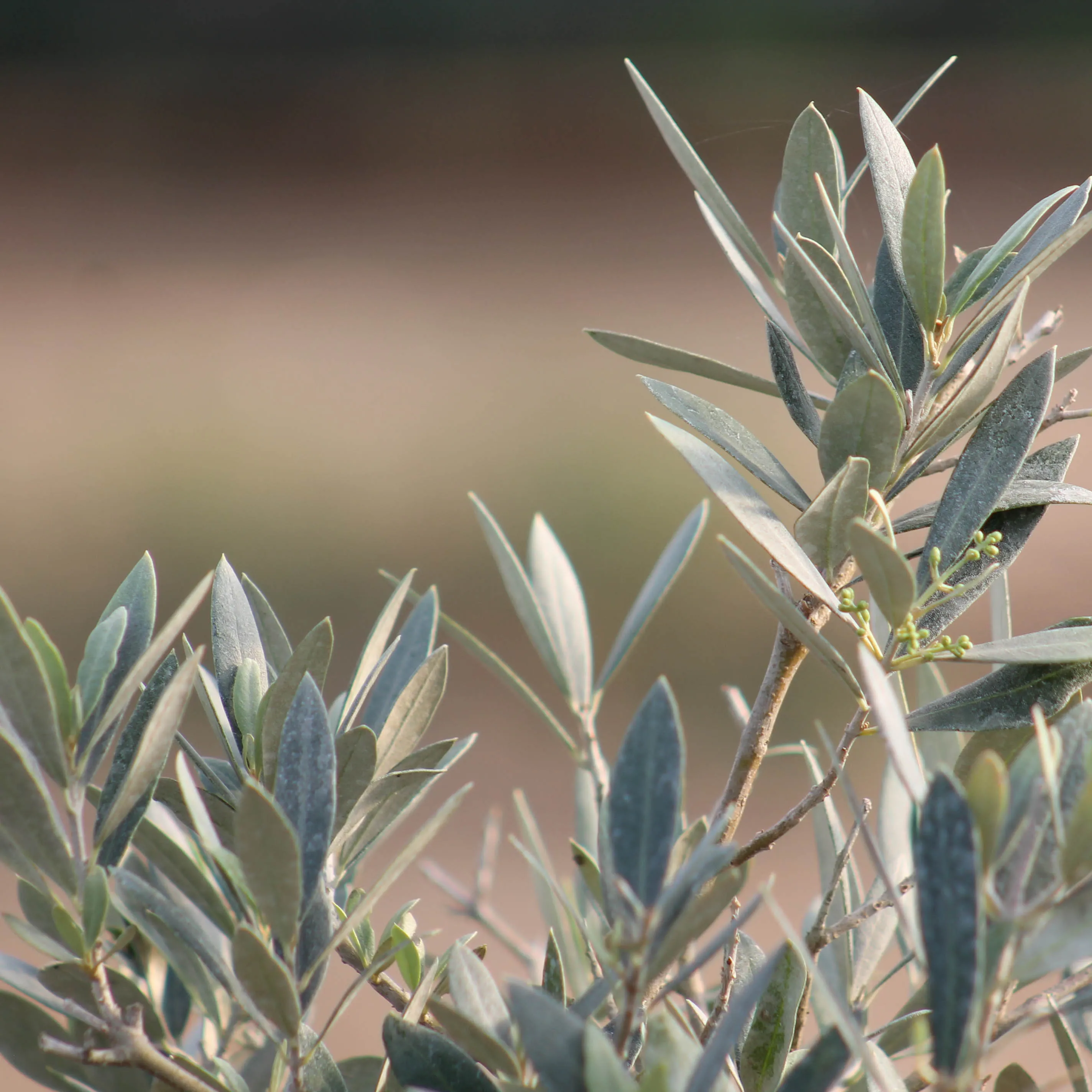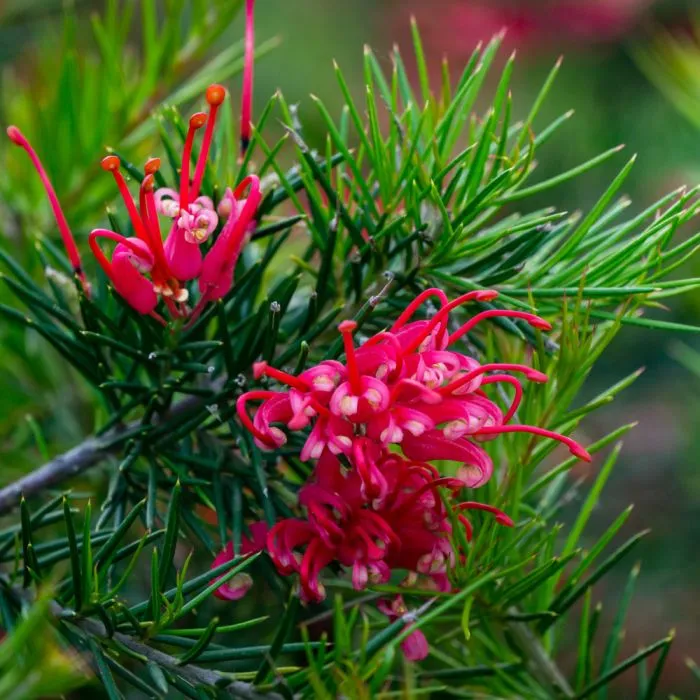Sometimes all it takes is a slight change in the sounds of a word to make the meaning quite different. That the bonsai lover has never heard a Boeotian speak of banzai to designate small potted trees throws us the first suizeki.
So let's take a break from the activity of the nursery to dive into the mysteries of etymology but also of the history of Japan.
First of all, do you know what bonsai means? It is a Japanese term composed of 2 kanji (Chinese characters) 盆 (BON) which means pot, or tray, and 栽 (SAI) which means plant, or herb. So literally, a bonsai is a tree in a pot. It's pretty simple, but can we consider every plant that grows in a pot to be a bonsai?
Nature is the direct inspiration for bonsai cultivation, but bonsai does not seek mimicry with nature. Rather, it is a miniature evocation of the power of the tree. It is the process of finding the true essence of trees but with a minimum of elements.
Man derives from nature and man eventually returns to nature. From a philosophical point of view, bonsai can be seen as a manifestation of the duality of life between man and nature. It is also an opportunity to communicate one's personal interpretation of our relationship with nature.
The term banzai refers to something completely different. This word is composed of the character 万 MAN (which becomes BAN) which means ten thousand, and 歳 SAI (which becomes ZAI) which means years. BANZAI was the cry of the Kamikaze during the Second World War, wishing the Emperor of Japan ten thousand years of life through their sacrifice.
By the way, KAMIKAZE comes from KAMI which means God and KAZE which means the wind, so literally "divine wind", in reference to the winds that saved Japan from a Mongol invasion fleet in the 13th century.
It is sometimes fun to delve into understanding the terms we use on a daily basis in the cultivation and training of our bonsai trees.
For example, do you know what JIN means? This is a term we use to refer to a dead branch. But in Japanese, JIN means God or Deity. Yes I know, a little earlier I told you that God called himself KAMI. That's what makes the Japanese language so complex (and so charming). For each kanji there are two ways to pronounce them:
- KUN, which is the Japanese pronunciation of kanji
- ON, which corresponds to the Chinese pronunciation of kanji.
Depending on the context, the pronunciation ON or KUN is used. The purpose of this article is not to give you a Japanese lesson, let's get back to our deadwood.
When the Japanese use the term JIN, what are they referring to? When part of a tree dies, it's usually due to a natural element, such as lightning, wind, fire. The Japanese associate this event with the intervention of a supreme entity. According to the Shinto religion, it is the sign of the god inhabiting the tree that manifests his presence.
Right away, it gives a more dramatic edge to your deadwood
Now, when you make a jin on a juniper or pine tree in bonsai, keep that in mind!


 Production of French Bonsai
Production of French Bonsai
























































































